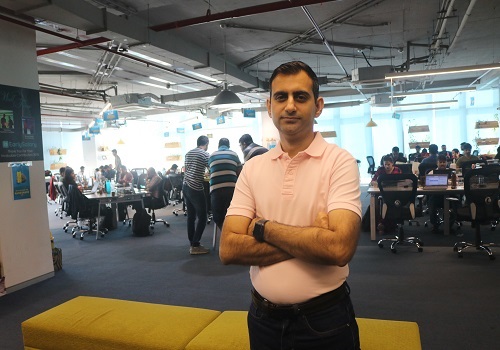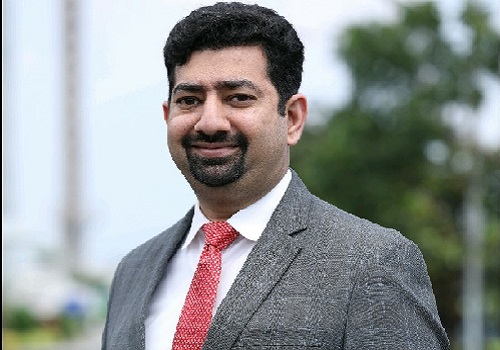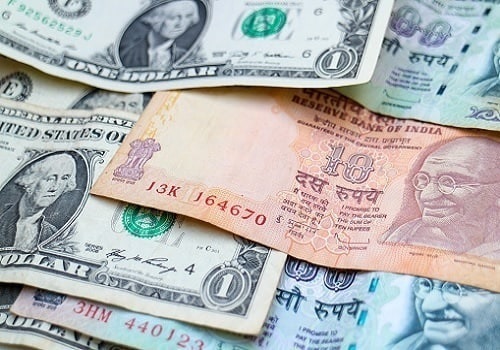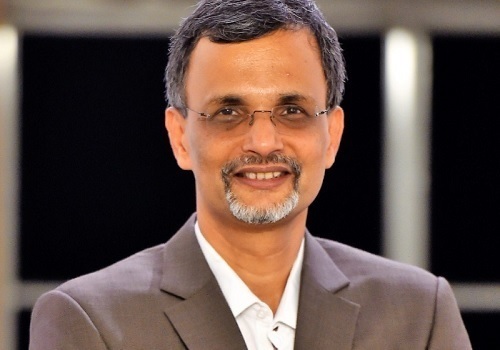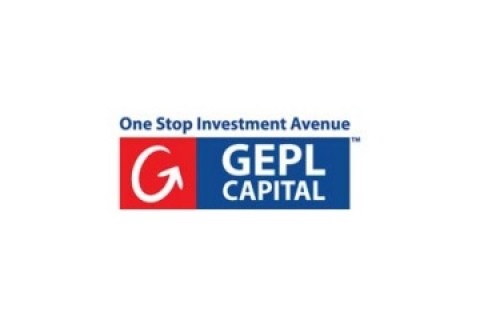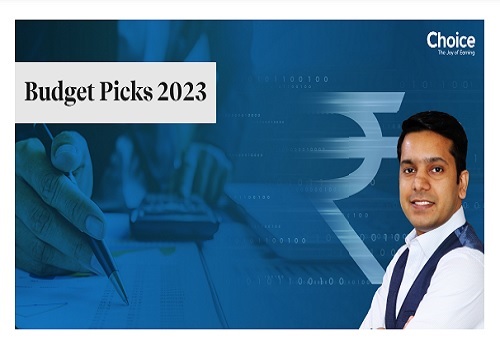Union Budget 2021 preview By Choice Broking

Follow us Now on Telegram ! Get daily 10 - 12 important updates on Business, Finance and Investment. Join our Telegram Channel
https://t.me/InvestmentGuruIndiacom
Download Telegram App before Joining the Channel
Executive summary
• Pre-Covid, the economy was already in a declining trend since FY17 to reach 4.2% real GDP growth rate in FY20.
• Outbreak of Covid-19 led to a collapse of the bond and equity market globally. Since March 2020, the pandemic induced lockdown led to a historic contraction in economic activities in Q1 FY21.
• Co-ordinated monetary and fiscal support across the globe supported the population during uncertain times. Effective support by the Indian government was less than 2% of the GDP, which is lower than the global average.
• Post re-opening of the economy, India witnessed better than expected recovery during Q2 FY21. Surplus liquidity and lower interest rates fuelled the equity markets across the globe.
• Despite rise in mobility, India is seeing a continuous decline in infection rates. We are not anticipating a second wave of infections in the country. With vaccination drives starting across the globe, public movement is likely to normalize to preCovid levels by FY22
. • Sustainability of the recovery is the key concern. Private consumption and capacity utilization levels are subdued, thereby leading to muted private capex. Lower revenue for the government is expected to put pressure on its ability to support the economy further.
• First advance estimates forecast a 4.2% decline in nominal GDP in FY21. The agriculture sector is the only performer and the fiscal deficit is at elevated levels.
• There are immense expectations from the forthcoming Union Budget to trigger the accelerated revival of the economy.
What we expect the budget to focus on:
Higher allocation for the healthcare sector (including fiscal support for the vaccination drive).
• Continued infrastructure spending and revised roadmap for NIP funding.
• Further boost for manufacturing.
• No additional incentives anticipated for the farm community.
• Boost exports by lowering cost and entering into international trade agreements.
• Massive asset monetization to fund the expected stimulus.
• Focus on growth over fiscal consolidation.
• No change in corporate and personal tax rate
Prelude:
Our economic growth was in a declining trend since 2017 and the last annual reported GDP growth was 4.2% in FY20. There were structural issues, which had to be addressed so as to take the potential economic growth back to historic levels of 7-8%. At the start of CY 2020, sentiments were buoyant, developed economies were doing well and world economic growth was expected to rebound.
The Indian economy was also no exception, as high frequency indicators in Jan. and Feb. 2020 were showing firm signs of economic recovery. With green shoots visible, the Finance Minister unleashed a medium term reform in the 2020 Union Budget to grow India to a USD 5tn economy.
The outbreak of Covid-19 across the globe in early 2020 turned sentiments sour. With subsequent prolonged lockdowns across the globe, major economies went for tail spins resulting in a short technical recession except in China. The Indian government implemented one of the most stringent lockdowns to control the infection spread, with subdued economic activities for almost six months, all pre-existing budget plans and calculations went awry. Equity markets across the globe and in India reacted to global lockdowns and collapsed. During this period, coordinated monetary and fiscal support by the global central banks and governments were implemented.
To convert the crisis into an opportunity, the Indian government unveiled a massive “Atmanirbhar Bharat” initiative in May 2020 with economic package worth Rs.30tn (USD 420bn). The policy is aimed at making the nation self-sufficient. To boost local manufacturing, the government also introduced the production linked incentives (PLI) scheme for Rs.1.5tn spanned over five years. As a result of this, global and domestic equity markets witnessed a sharp rally, thereby erasing most of the losses due to the pandemic.
However, there was a wide divergence between the economy and equity market performance. Most of the global economies reported double digit contraction in GDP but are anticipating a sharp turnaround in 2021. India reported around 23.9% contraction in GDP in Q1 FY21.
However, post unlocking of the economy, India witnessed a GDP contraction of just 7.5% in Q2 FY21 (a 23% sequential surge in the GDP), as compared to the consensus expectation of another double digit contraction. Since then the pan-India mobility indicators have improved with private activities reaching 95% of pre-Covid levels in Oct. 2020. Also, despite the pandemic gloom, FDI inflows in Indian equities grew 15% Y-o-Y in H1 FY21 to USD 30bn.
Despite demonstrating fast V-shape economic recovery, we feel that the economy is still not out of the woods. The economic recovery is focused on the formal sector and not the informal one. We are certain that the unorganized sector and many MSMEs are still reeling from the lockdown. Improvement was mainly due to cost cutting undertaken by companies, such as a reduction in wage bills (which declined by 22% for small firms and were flat for large firms).
Continued rise in unemployment (9.1% in Dec.) can lead to weak demand in the coming months. Due to such uncertainties, there was a sharp jump in household savings to 21.4% of the GDP in Q1 FY21 as compared to a gain of 7.9% in Q1 FY20. Core sector production, manufacturing & services PMI and fuel sales have been weaker in the latest release. Despite having lowest interest rate, credit growth has been stable (in fact remained low on Y-o-Y basis) with virtually no increase in credit to industry. Private investments are expected to be muted, because pre-Covid, utilization levels were below 70% for two consecutive quarters.
The government’s consumption support to the economy was weaker in Q2 (-22.2%) as compared to (+16.4%) in Q1 of the current fiscal. Thus, all the three components of demand - private consumption, fixed capital formation and government consumption - have contracted, but the first two at slower pace than in Q1. Nevertheless, The RBI forecasts mildly positive GDP growth in Q3 and Q4 of FY21. Recovery from pandemic in India was exceptional as compared to other major economies. With lower infection & death rates, improved recoveries and developed immunity among the population, the nation has so far dodged the second wave of virus infection as seen in other countries.
Considering the current declining infection trend and starting of the world’s largest vaccination drive by the government, we firmly believe that the scar of Covid-19 pandemic is behind us and gradually the nation will return to normalcy. In our view, for FY22, the government will target higher nominal GDP growth of 13% so as to compensate the growth lost (of around USD 500bn) due to the pandemic.
Despite double digit growth in FY22, the GDP will be lower by 5.8% relative to the prepandemic level. The key concern is, if the loss of output is converted into loss of consumption and employment, then the damage to the economy will be compounded. Thus there are immense expectations from the forthcoming Union Budget to trigger the accelerated revival of the economy.
Our expectations from the budget:
* Health sector to be the focus area: The fight against the pandemic is on and the vaccine distribution in a large country like India will require considerable fiscal support. Secondly, the pandemic has exposed the poor health infrastructure, arising from the historical neglect of the sector. Total expenditure by the government was 1.3% of GDP in FY20, which is a magnitude lower than OECD countries. This needs to be addressed expeditiously. The government should spend more on the healthcare sector, especially on primary healthcare infrastructure. Other countries (like China, South Korea, Taiwan etc.) with efficient primary healthcare have effectively countered the impact of the virus. The government should work towards getting more people covered under health insurance and steps should be taken to achieve the long term goal of universal health coverage, taking into account the entire value chain of healthcare - prevention of diseases, treatment and health insurance.
* Continued infrastructure spends and revised roadmap for NIP funding: In the near-absence of private investments in the aftermath of the pandemic, the role of government spending as a growth catalyst has assumed utmost importance. The government should continue to handhold the economy by expanding the infrastructure projects that generate employment and have higher multiplier effects. Normally the multiplier effect of infrastructure is over 1.5x and thus is likely to be the major factor in boosting growth in the coming years. The Infra space had grown over 5% CAGR in the last five years, however, it was battered during the pandemic. Huge expenditure in infrastructure will boost the demand for steel & cement and contribute to rise in employment & income generation, which in turn will generate demand. Before the last budget, the government has introduced the National Infrastructure Pipeline package amounting to Rs.111tn. The plan had an outlay of higher allocation in the initial two years, however due to the pandemic the government will need to analyze the shortfall in its investment targets, so that they can be realigned for the balance of the period.
* Further boost in manufacturing: The manufacturing sector has played a stellar role in growth and development of any industrialized country. The emerging and developing countries place manufacturing at the driver’s seat in their journey of economic growth. The Indian manufacturing sector’s contribution to the GDP has been in a secular declining trend. From 17% contribution at the start of decade, it has steadily declined to current level of 13%. For advanced & developed nations the average contribution is around 17-18%, while for emerging & developing countries the contribution ranges from 10-30%. Indian policy makers (The Manufacturing Council) had earlier set a target of raising the share of manufacturing to 25% by 2022, this may be unachievable in the current climate. Since the initial days of the pandemic, there was a global demand to have an additional manufacturing source (other than China) to mitigate the supply risk. Many South East Asian countries have moved ahead of India in terms of attracting the manufacturing firms leaving from China. India was also behind in attracting new investments in manufacturing due to its global cost incompetence. Sensing this and post the success of PLI schemes in mobile manufacturing, the government in Nov. 2020 approved PLI scheme for 10 sectors with an outlay of Rs.1.5tn for a five year period. The success of the scheme can be demonstrated from the response received from various sectors. Auto & auto components received a lion share of Rs.0.57tn followed by Rs.0.18tn and Rs.0.15tn from battery and pharmaceutical sector, respectively. From this budget, we are expecting a further push to the “Atmanirbhar Bharat” policy by expansion of the PLI scheme to other sectors, easing higher cost pressure (like power, logistics etc.) and ease in multiple statutory compliances, which cumulatively would attract investments, boost employment and exports.
* No additional incentives anticipated for the farm community: Agriculture is the only sector, which has supported the economy during the pandemic. The first advance estimates released by government show that the farm sector is likely to grow at 3.4% in the current fiscal year. The outlook seems to be promising for the next year as well, mainly due to relatively higher water reservoir levels and improved rabi crop production. The government has implemented number of schemes in the past, like direct benefit transfer under PM Kisan, higher allocation for MGNREGA, Rs.1tn agriculture infrastructure fund, interest subvention etc. Thus, we are not anticipating additional incentives from the budget. We feel that a one time full transfer (instead of three installments a year) of PM Kisan support, higher allocation towards Agri-infra and MGNREGA will assist in further boosting the rural consumption
To Read Complete Report & Disclaimer Click Here
Please refer disclaimer at https://choicebroking.in/disclaimer
Above views are of the author and not of the website kindly read disclaimer
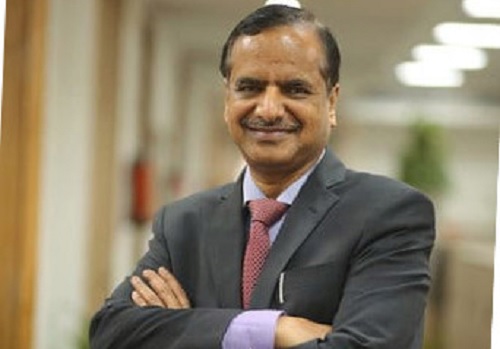
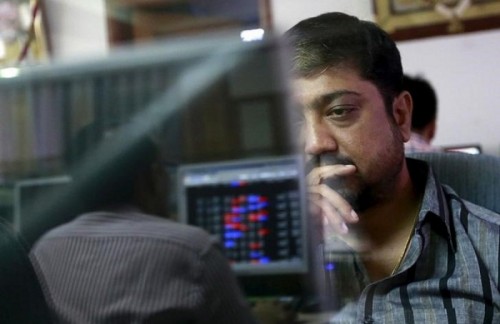
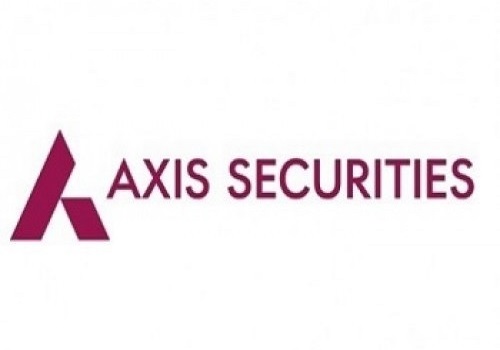
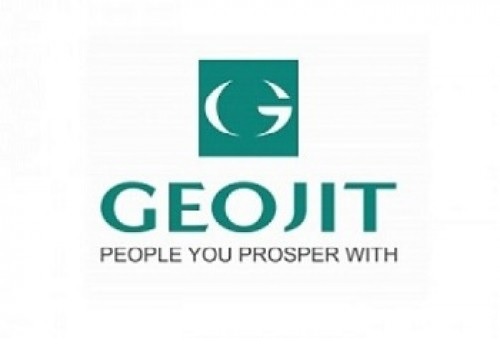

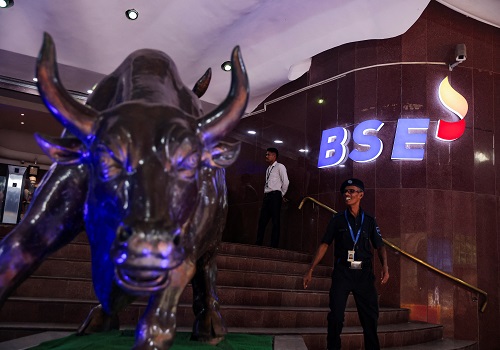

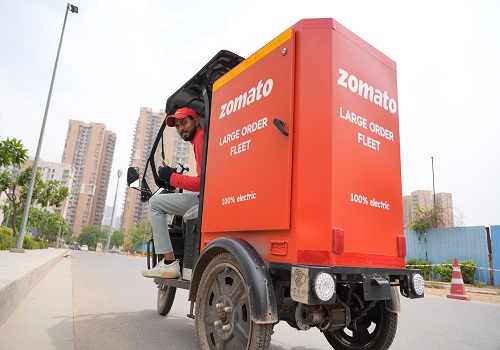
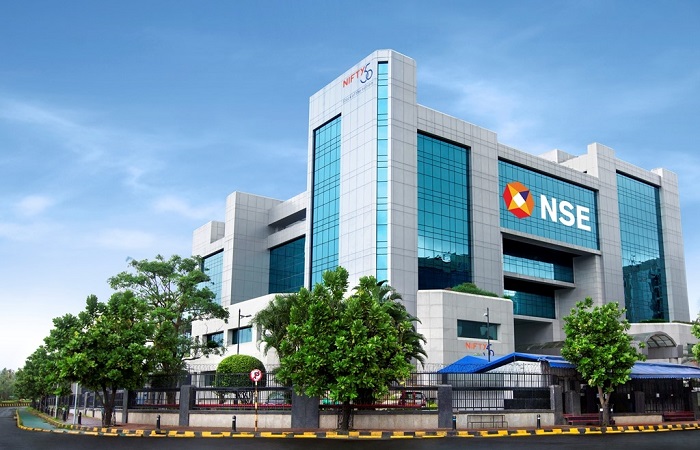

Tag News
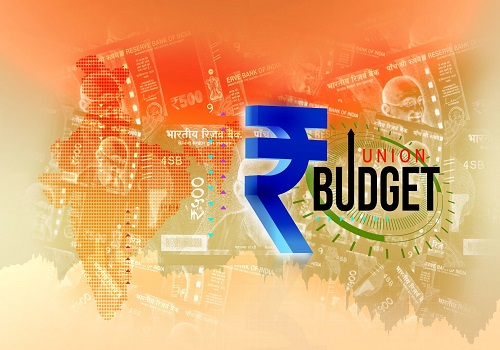
Budget 2023: How various businesses responded to PM Narendra Modi government`s growth vision...

